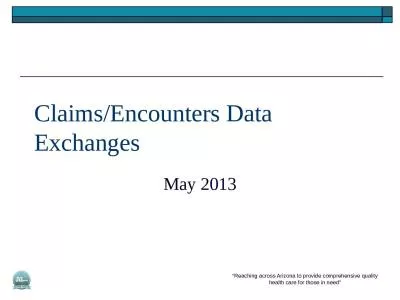PPT-New World Encounters Chapter 1
Author : lindy-dunigan | Published Date : 2018-10-31
Native American Histories before Conquest Humans occupied part of the Western Hemisphere thousands of years before the European discovery of America Environmental
Presentation Embed Code
Download Presentation
Download Presentation The PPT/PDF document "New World Encounters Chapter 1" is the property of its rightful owner. Permission is granted to download and print the materials on this website for personal, non-commercial use only, and to display it on your personal computer provided you do not modify the materials and that you retain all copyright notices contained in the materials. By downloading content from our website, you accept the terms of this agreement.
New World Encounters Chapter 1: Transcript
Download Rules Of Document
"New World Encounters Chapter 1"The content belongs to its owner. You may download and print it for personal use, without modification, and keep all copyright notices. By downloading, you agree to these terms.
Related Documents

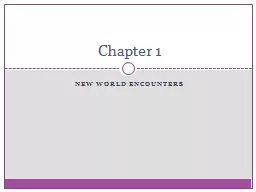

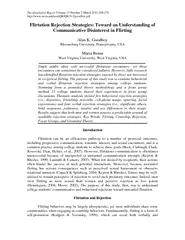

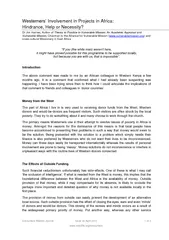

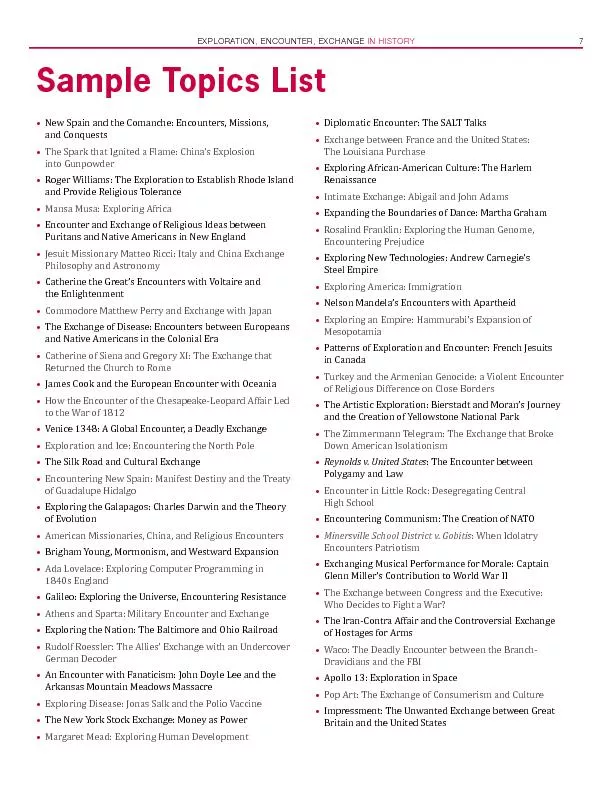



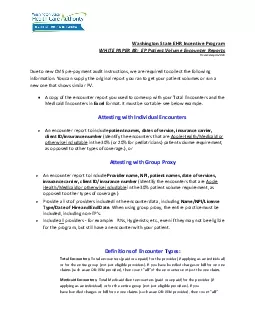

![[DOWNLOAD]-Dawn of the New Everything: Encounters with Reality and Virtual Reality](https://thumbs.docslides.com/957763/download-dawn-of-the-new-everything-encounters-with-reality-and-virtual-reality.jpg)
